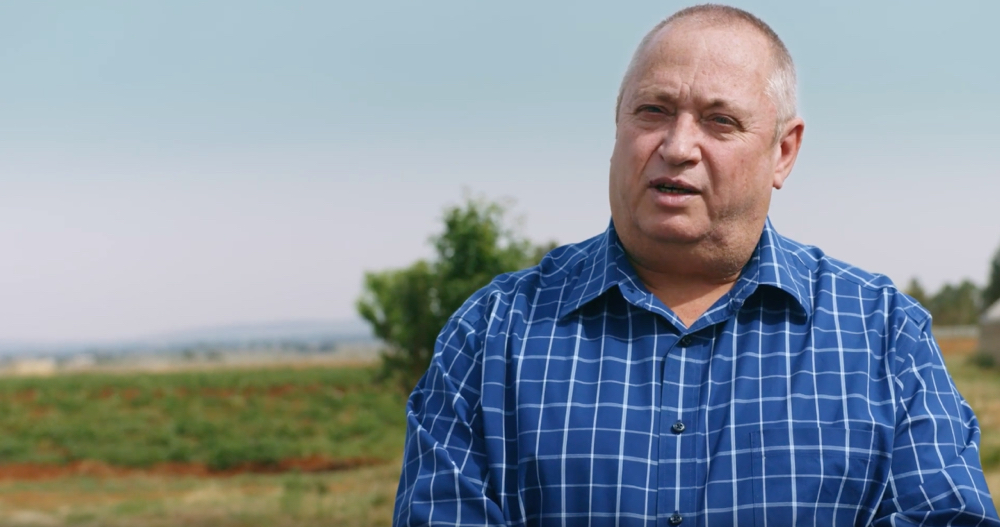Sibanye CEO says Zambia’s Mopani Copper Mines investment not ‘onerous’

Sibanye Stillwater, which is among investors bidding to buy Mopani Copper Mines, said the amount of money required to expand output and run the Zambian assets profitably is not “onerous.”
The Johannesburg-based precious metals producer is on the shortlist of potential buyers for the copper mines owned by a unit of the Zambian government. A new owner for Mopani is expected to invest in raising copper output to about 200,000 tons per year by 2027.
Sibanye’s own studies at Mopani as part of the due diligence process indicate that about $1 billion investment is required over four to five years, Neal Froneman, the CEO for the South African platinum mining giant, told Reuters.
“It sounds like a big number but over five years that’s probably $200 million per year. Its not onerous, its an investment into the asset and that’s for the benefit of everybody,” Froneman said in an interview.
Zambia’s state-owned firm ZCCM took control of Mopani from Glencore in 2021 after agreeing to pay the Swiss commodities giant $1.5 billion in a deal funded by debt.
Since then, ZCCM has been searching for a new investor to take over the Mopani assets. The government had initially said a process to sell the mines being managed by Rothschild & Co would be concluded by July.
The process is “still ongoing” and Sibanye is engaging the government through the ZCCM, Froneman said.
RMB Morgan Stanley analysts have said that Sibanye’s rapid expansion in battery metals, including assets in Europe and the US as well as the bid for Mopani, could pressure its finances and threaten future dividend payouts. It is also seeking to turn around its palladium mines in the US that were hit by flooding last year.
“Combining the battery metal portfolio build-out with development of two deep-level mines in South Africa and the ongoing Stillwater turnaround effort, Sibanye’s plate currently appears crammed full,” the analysts said.
Froneman said the company would not take risks.
“This perception that’s created that M&A is high risk, but we have always said if there is no cash, there is no way of funding and we don’t do it,” he said.
(By Felix Njini; Editing by Philippa Fletcher and Nick Zieminski)
{{ commodity.name }}
{{ post.title }}
{{ post.date }}


2 Comments
Themba Kateshi
Good
Nkosi levy
It’s good to have you.